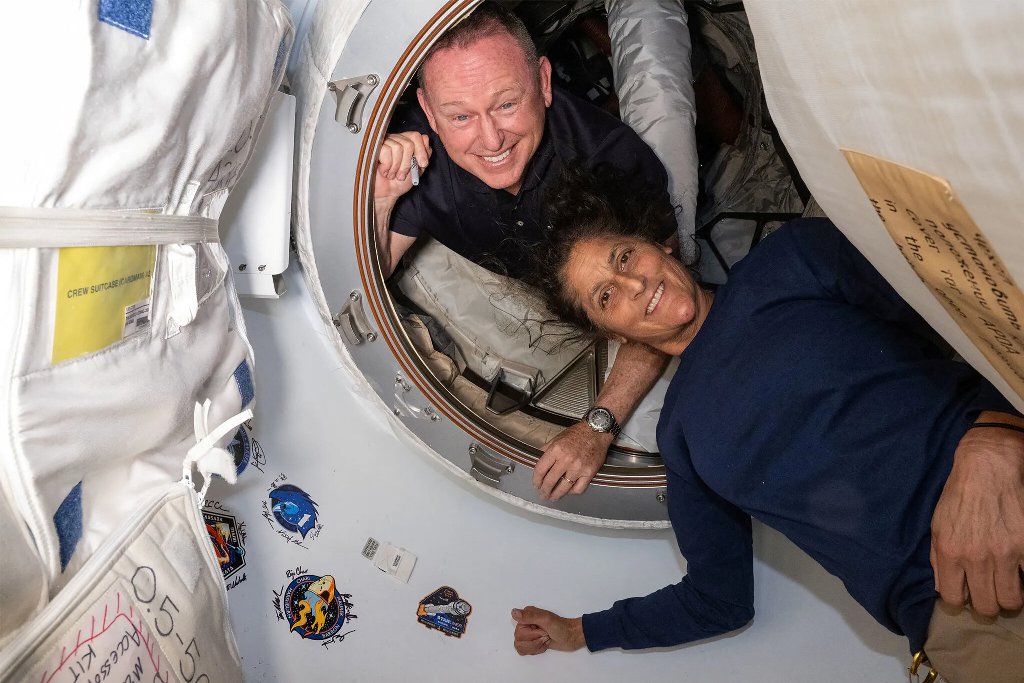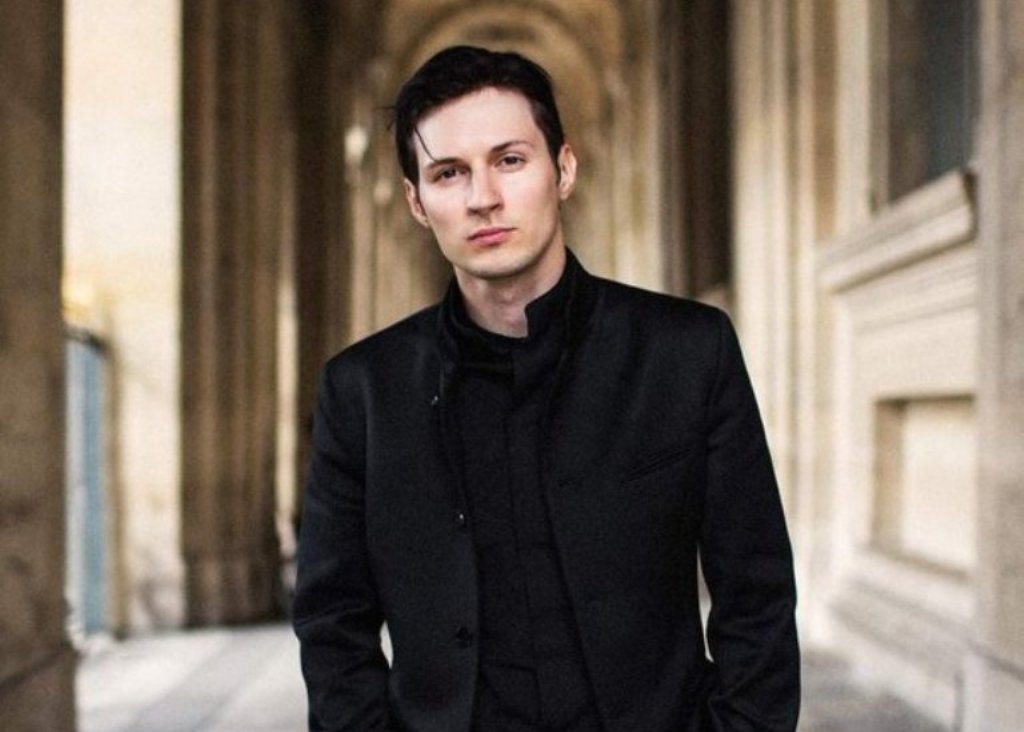Two astronauts who have spent months aboard the International Space Station will have to stay there months longer after NASA decided on Saturday that they could not return on Boeing’s troubled Starliner space vehicle. They will return instead on a SpaceX capsule next year.
That decision finally brings clarity to the saga of the two NASA astronauts, Suni Williams and Butch Wilmore, who docked at the space station as part of a test flight of the Boeing vehicle. It also adds to months of difficult problems experienced by Boeing, a dominant aerospace company that has faced embarrassing setbacks in its much larger civilian aviation and defense divisions this year.
NASA: Starliner Astronauts Expected to Remain in ISS Until Early 2025 | WSJ News
“A test flight by nature is neither safe nor routine,” Bill Nelson, the NASA administrator, said during a news conference, “and so the decision to keep Butch and Suni aboard the International Space Station and bring the Boeing Starliner home uncrewed is a result of a commitment to safety.”
Norman Knight, the chief of NASA’s flight director office, said he had talked to Ms. Williams and Mr. Wilmore, and that they backed the extended stay in orbit, which officials have resisted describing as a stranding.
“They support the agency’s decision fully, and they’re ready to continue this mission onboard I.S.S.,” Mr. Knight said.

The Starliner episode is another black eye for Boeing, whose reputation has been badly damaged in recent years. Boeing’s defense unit, home to its space programs, has suffered from cost overruns and lengthy delays.
NASA selected Boeing and SpaceX in 2014 to develop spacecraft to take astronauts to and from the International Space Station. Under the fixed price contract, NASA was to pay Boeing up to $4.2 billion to develop Starliner, and then launch once-a-year flights carrying crews of four to orbit.
The development of Starliner repeatedly encountered technical flaws, including faulty software, flammable tape, stuck valves and parachute systems that were not strong enough.
Mr. Nelson said he had spoken with Kelly Ortberg, the new chief executive of Boeing.
“I told him how well Boeing worked with our team to come to this decision, and he expressed to me an intention that they will continue to work the problems once Starliner is back safely,” Mr. Nelson said.
But Boeing has already written off $1.6 billion in costs for Starliner. Under a fixed-price contract, Boeing is to pay the expenses of additional work needed to meet NASA’s requirements before Starliner is certified for operational flights.
If NASA requires another crewed test flight like the current one, that would cost Boeing at least hundreds of millions of dollars more.
Mr. Nelson said he was “100 percent” certain that Boeing would not back out of the contract, but later added, “They’ve spent X, will they spend Y to get to where Boeing Starliner becomes a regular part of our crew rotation? I don’t have the answer to that, nor do I think we would have the answer now.”
Meanwhile, the 737 Max, Boeing’s popular commercial jetliner, has suffered two crises, including one this year in which a panel blew off one of the planes midflight. That episode and other troubles culminated this month with the arrival of Mr. Ortberg, a former head of Rockwell Collins, an aerospace supplier.
The members of the Starliner crew were supposed to have stayed at the I.S.S. for as few as eight days. Problems almost inevitably pop up during test flights. This test flight was the first with people aboard the Starliner spacecraft, so it was not a surprise that their stay stretched out a couple of weeks.

But even after lengthy analysis and ground testing, engineers could not say with certainty why several of Starliner’s thrusters had malfunctioned before the capsule and the astronauts docked with the space station in June.
Steve Stich, manager of NASA’s commercial crew program said engineers were concerned about how the propulsion system would perform during the return trip.
The key maneuver is an engine burn by larger thrusters that leads to the spacecraft dropping out of orbit. The smaller thrusters, including the ones that malfunctioned during docking, are used to keep the spacecraft pointed in the correct direction.
Analysis of the data showed that the firing of the larger thrusters also heated up the smaller thrusters.
“These clusters have experienced more stress, more heating,” Mr. Stich said, “and so there’s a little bit more concern for how they would perform during the deorbit burn, holding the orientation of the vehicle, and then also the maneuvers required after that.”
That lingering uncertainty spurred unease and led NASA leaders to decide they should not risk the lives of Ms. Williams and Mr. Wilmore on Starliner. Instead, they elected to rely on a different spacecraft — the Crew Dragon, built by SpaceX, a company founded by Elon Musk — for the return trip.
“The polling was unanimous amongst all the NASA folks,” said Ken Bowersox, the associate administrator for NASA’s space operations mission directorate.
Mr. Bowersox and Mr. Stich conceded that Boeing engineers and officials had disagreed about the risk. Boeing thought it had demonstrated that Starliner was safe enough for Ms. Williams and Mr. Wilmore to return home on.
“I would say that we’ve had a lot of tense discussions,” Mr. Bowersox said.
No one from Boeing took part in the news conference, but Mark Nappi, the Boeing official in charge of the Starliner program at Boeing, told his team in an email, “I know this is not the decision we had hoped for, but we stand ready to carry out the actions necessary to support NASA’s decision. The focus remains first and foremost on ensuring the safety of the crew and spacecraft.”
Starliner will undock and return to Earth in early September without anyone aboard. The next launch of a SpaceX Crew Dragon could occur Sept. 24.
The spacecraft will carry only two astronauts instead of the full crew of four that had already been assigned to a six-month mission at the space station. NASA officials said it was not ready to announce which two crew members would be bumped off that launch.
That will leave two seats for Ms. Williams and Mr. Wilmore, who will remain in orbit and become full-fledged members of the space station crew. That will extend their stay at the space station to eight months.
The four astronauts — Ms. Williams, Mr. Wilmore and the two astronauts launching on Crew Dragon in September — are to return to Earth around February.
With the extended stay in space, Ms. Williams and Mr. Wilmore will remain separated from their families and friends as the seasons change from summer to fall and then winter. Holidays and other occasions on Earth will be missed.
Part of the life of an astronaut is that the timing of a mission can change on short notice. Sometimes launches are delayed. Sometimes stays in space last longer than expected.
“The name of the game is being ready for whatever happens,” Ed Lu, a former NASA astronaut, said in an interview. “Anybody’s been around the business knows that the schedules always change. When you think you’re going to launch, that could change. When you think you’re going to land, well, that could change too.”

Dr. Lu described his own experience with sudden spaceflight schedule changes after the shuttle Columbia disintegrated during re-entry on Feb. 1, 2003. At that time, the shuttles brought up most of the supplies for the space station, and with the grounding of the remaining shuttles, it seemed that the station, still under construction, might need to be abandoned.
NASA and Russian space officials came up with a plan to keep the outpost operating with skeleton crews of two astronauts launched on Russian Soyuz rockets. But NASA astronauts then were not trained for that.
“And so I got told, on a Friday night, ‘Go this weekend to Russia, and you might be home, maybe in nine months, maybe a year,’” Dr. Lu recalled.
A year and a half of training was compressed into nine weeks for Dr. Lu.
He and Yuri Malenchenko, a Russian astronaut, launched to the space station in April 2003, spent half a year in orbit and returned to Earth. Nine months after he left, he finally got back home to Houston. He was engaged but not yet married, and did not have children then.
“This is stressful on families,” Dr. Lu said. “Obviously, it’s more stressful on families with kids.”
Mr. Wilmore is married with two daughters. Ms. Williams is also married but does not have any children. NASA officials acknowledged that toll on Saturday.
“There’s always a possibility that they could be up there much longer than they anticipate,” Mr. Knight said. “So the families understand that. I’m not saying it’s not hard. It is hard.”
Ms. Williams, Mr. Wilmore and the other astronauts will not lack food, water, air and other supplies. A cargo spacecraft arrived this month, and another is due in October.
“We’ve been able to modify and adjust our cargo mission supplies to accommodate the extra mouths we’re feeding,” said Dana Weigel, the program manager for the International Space Station at NASA. -The New York Times



